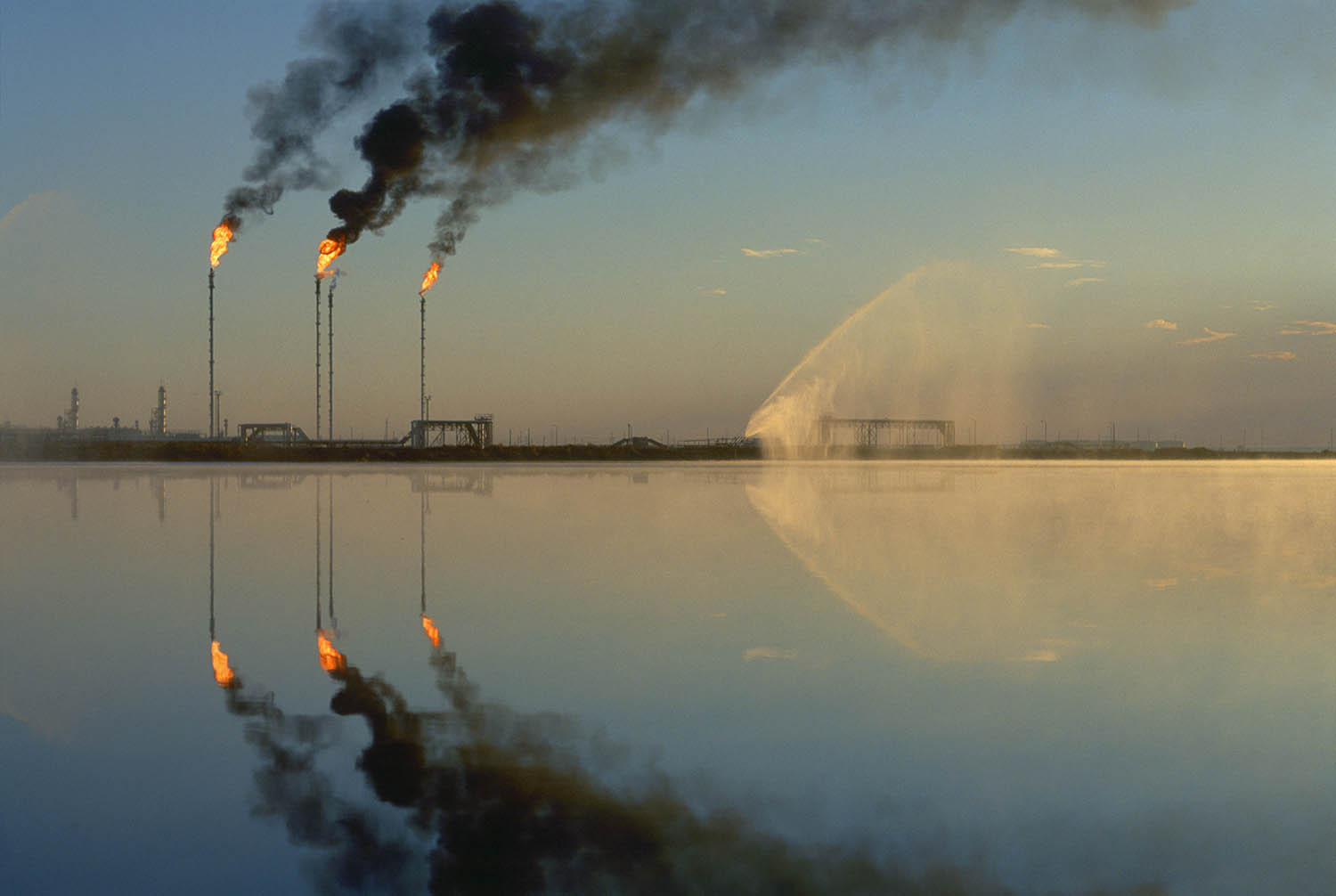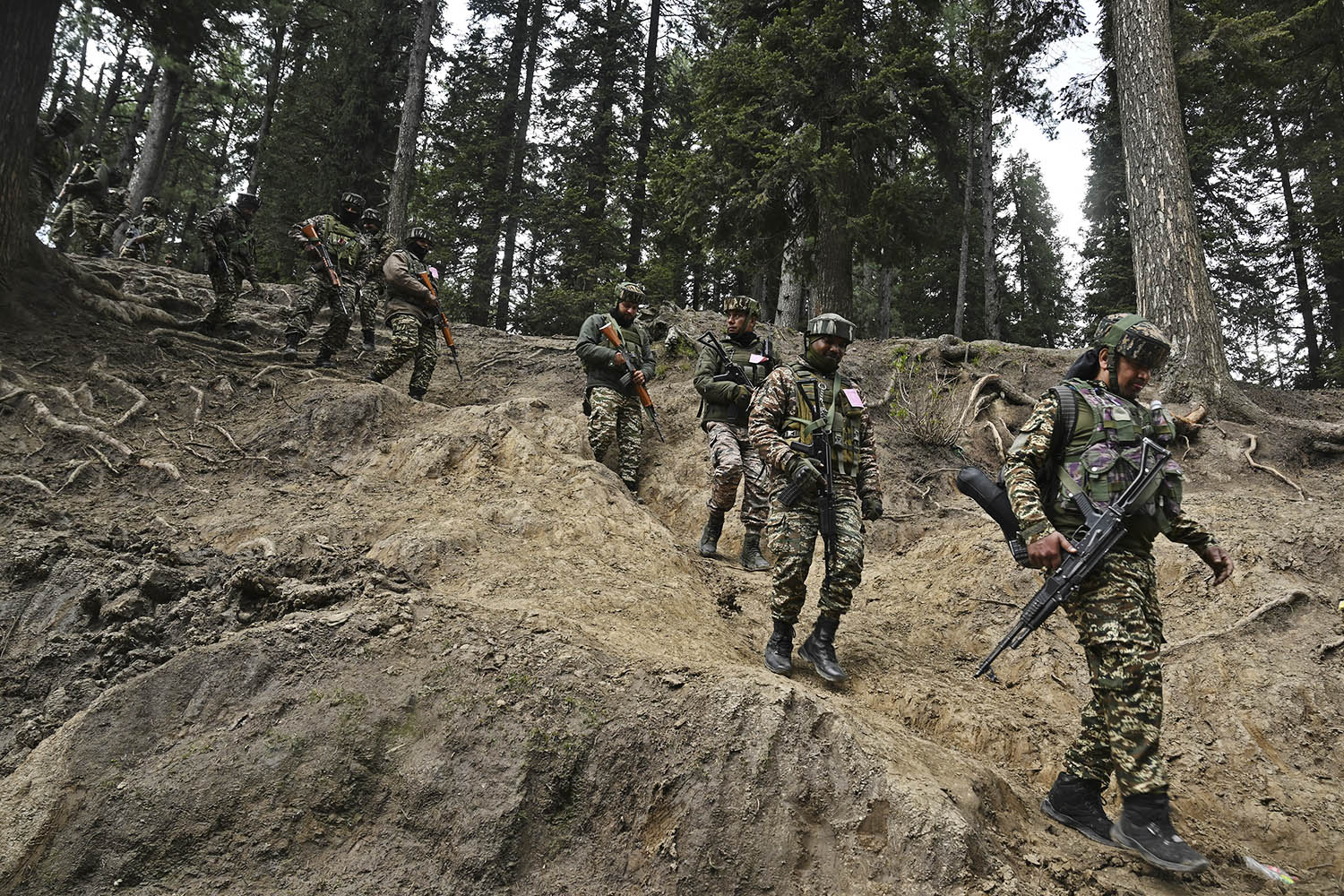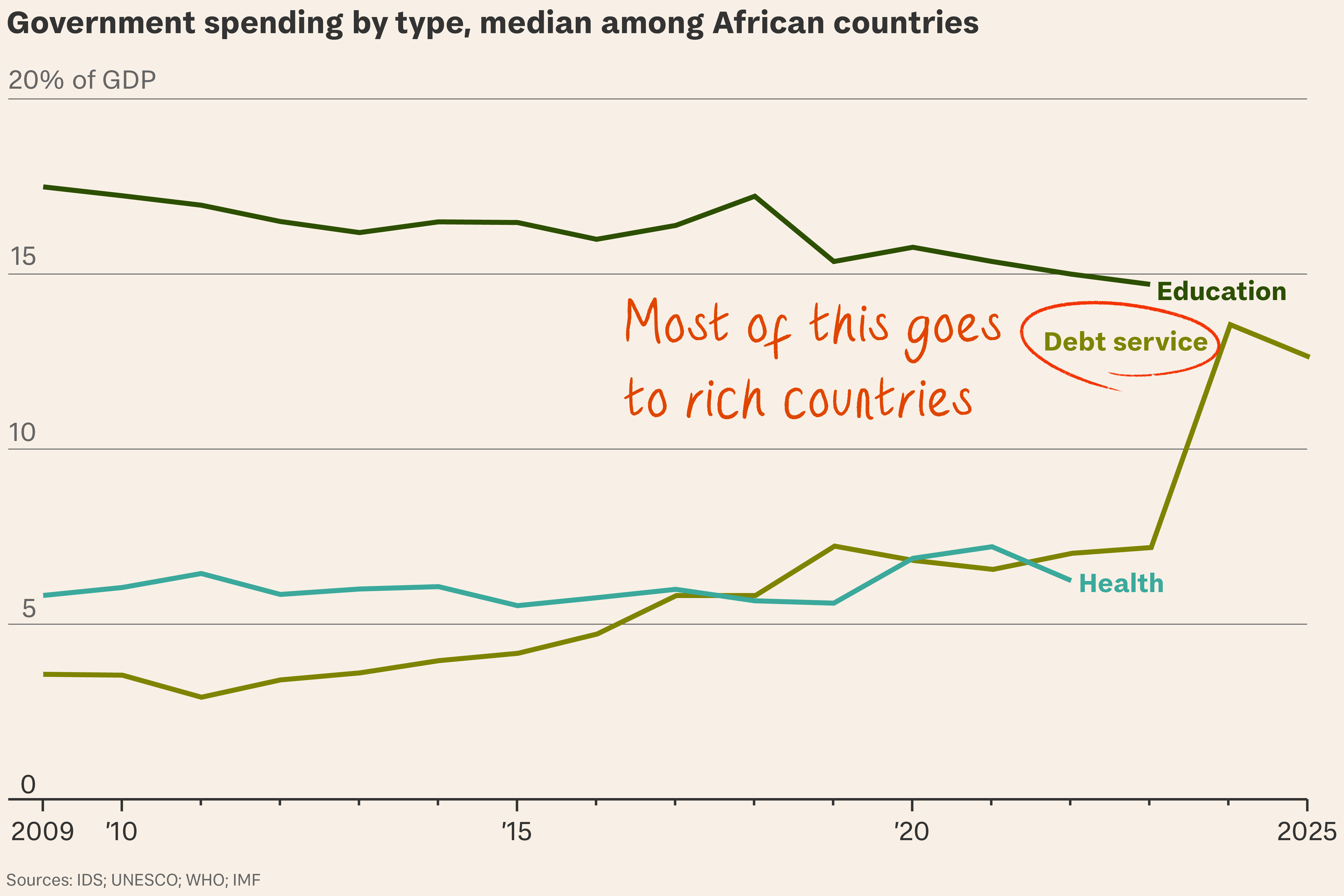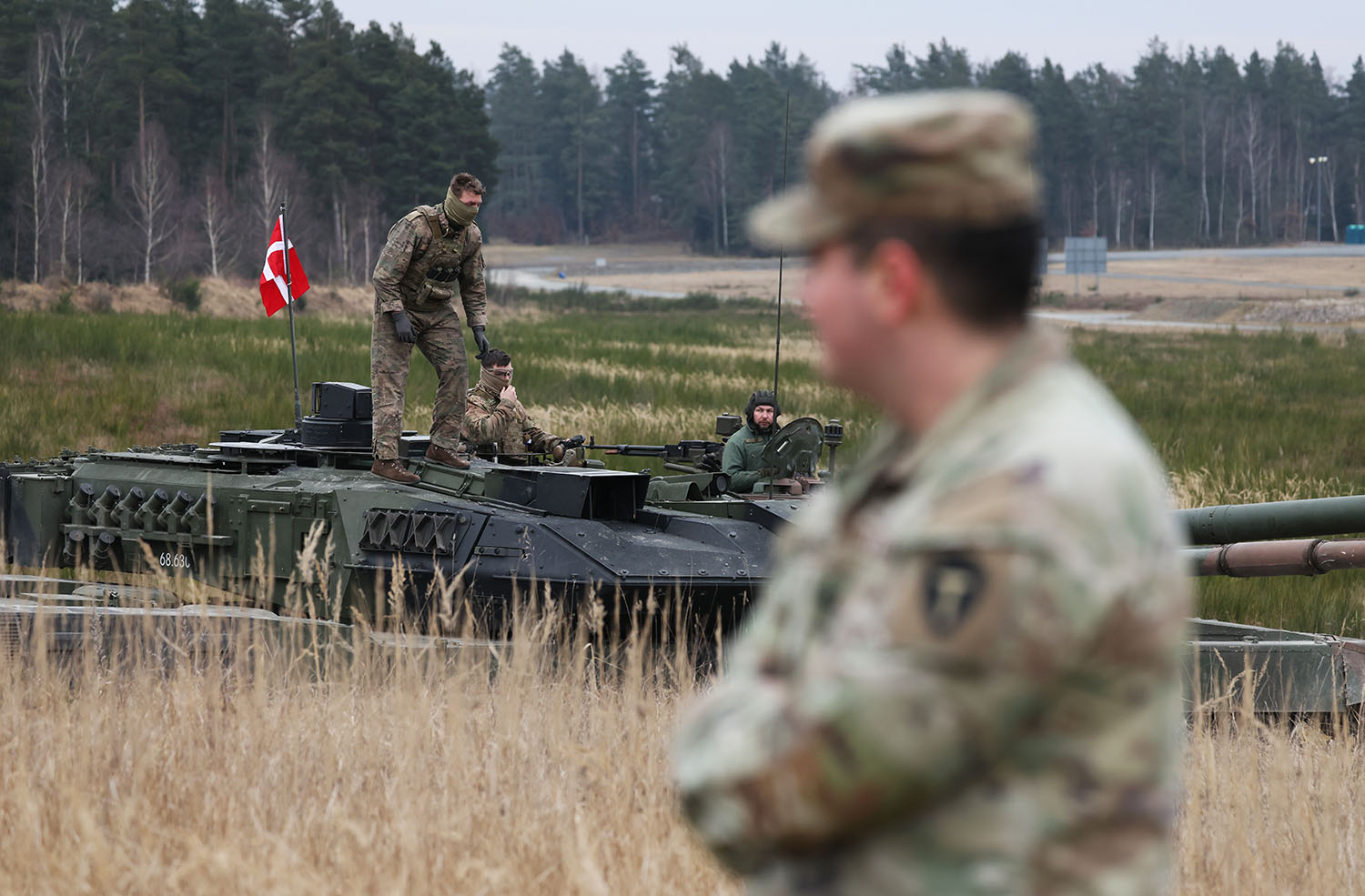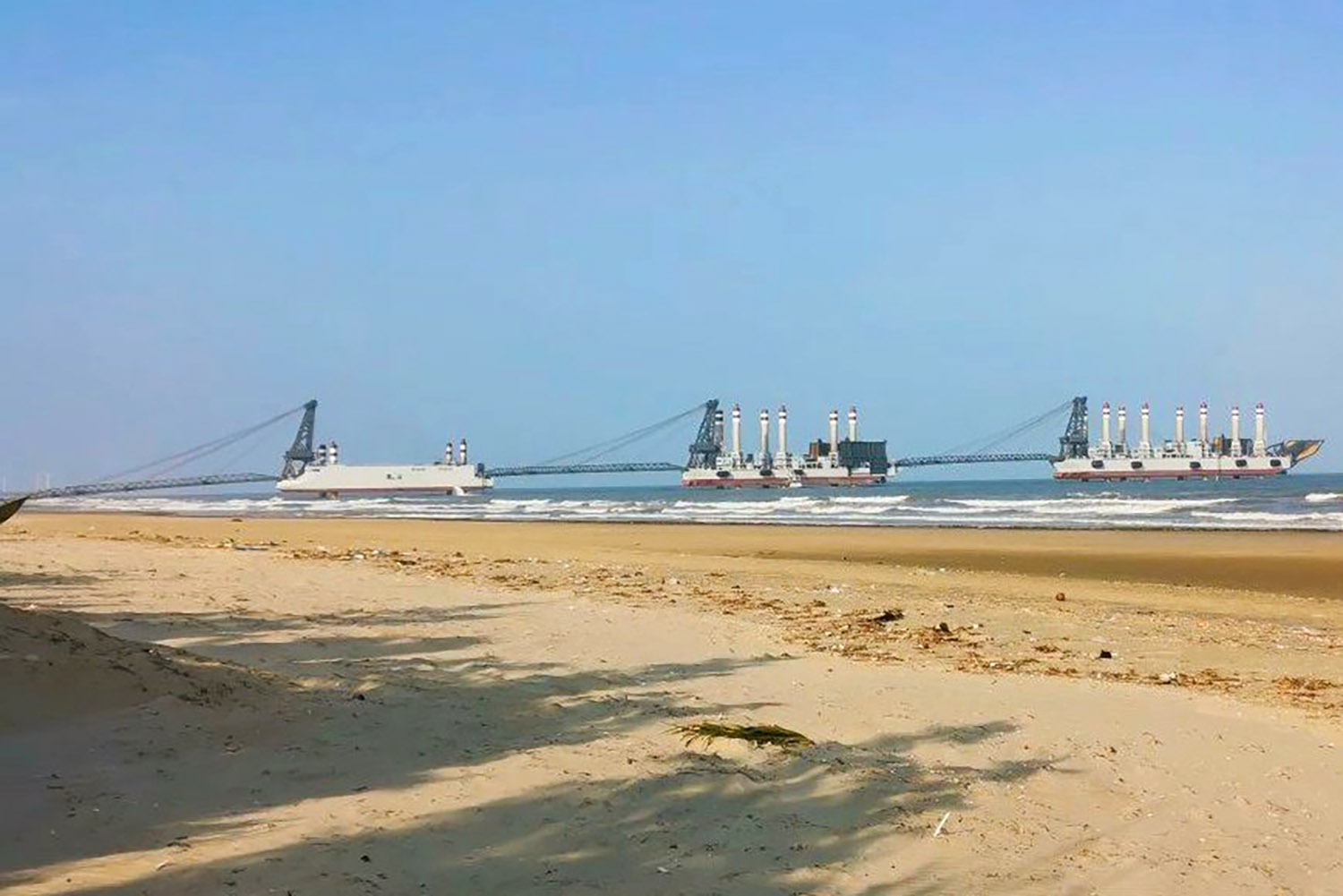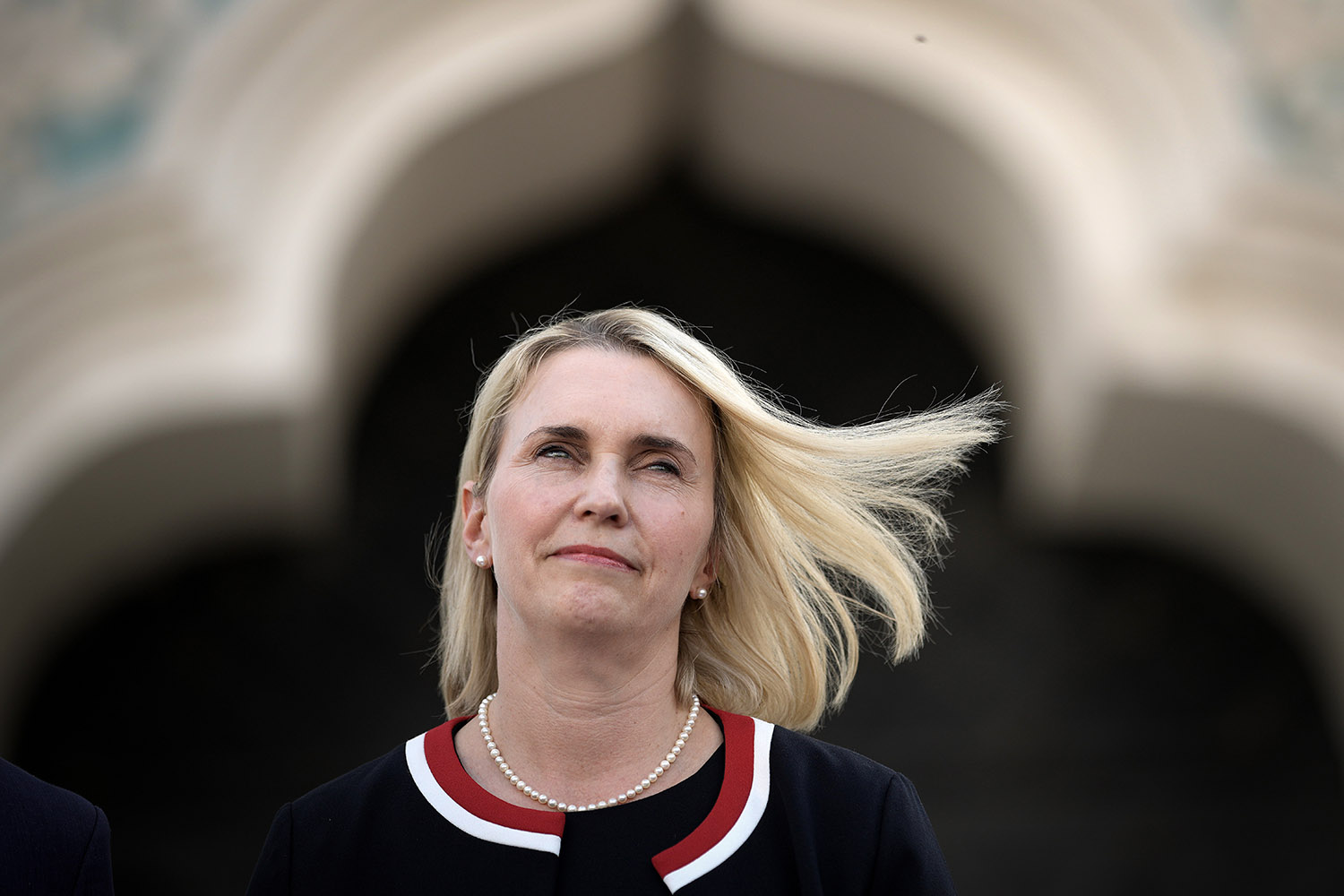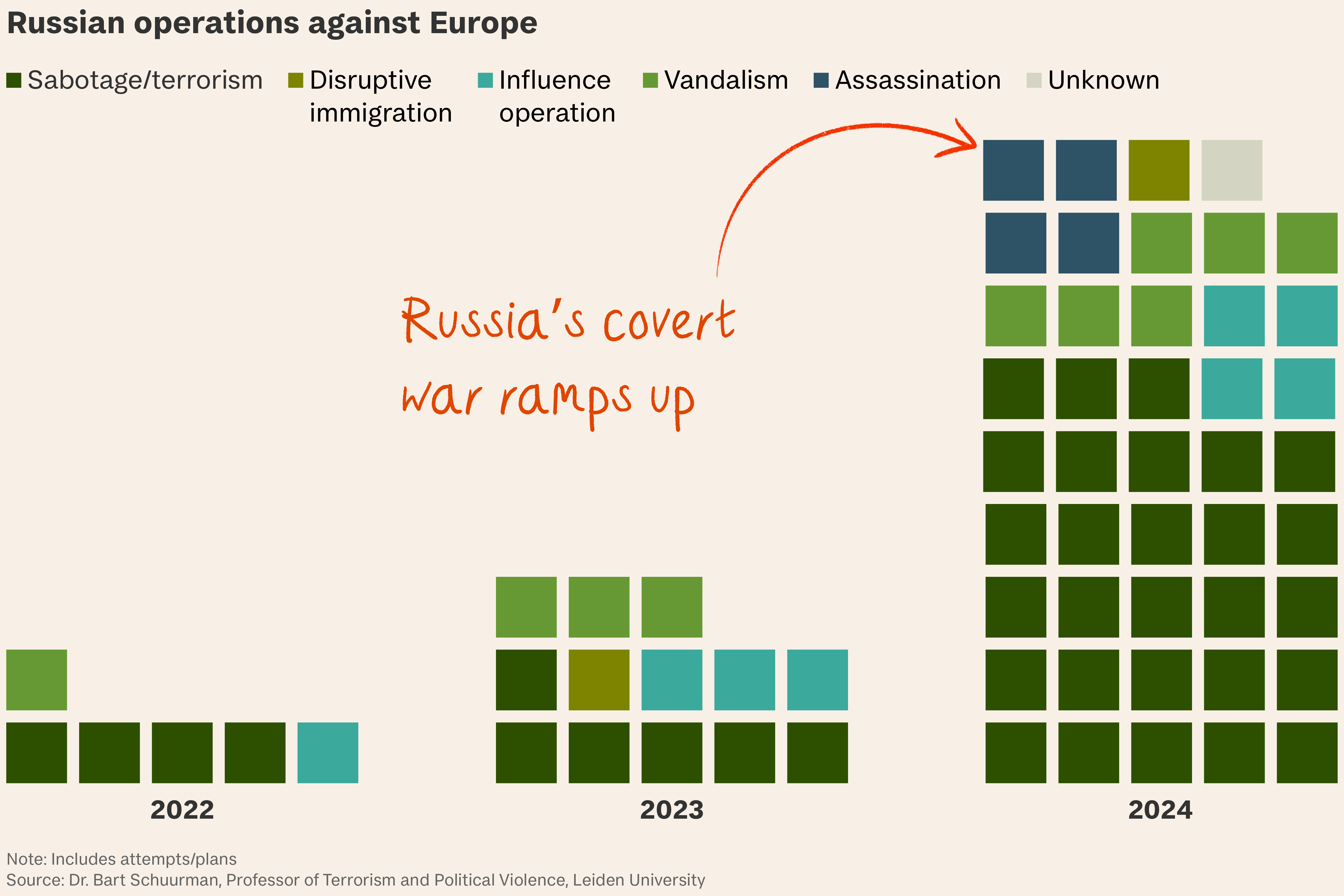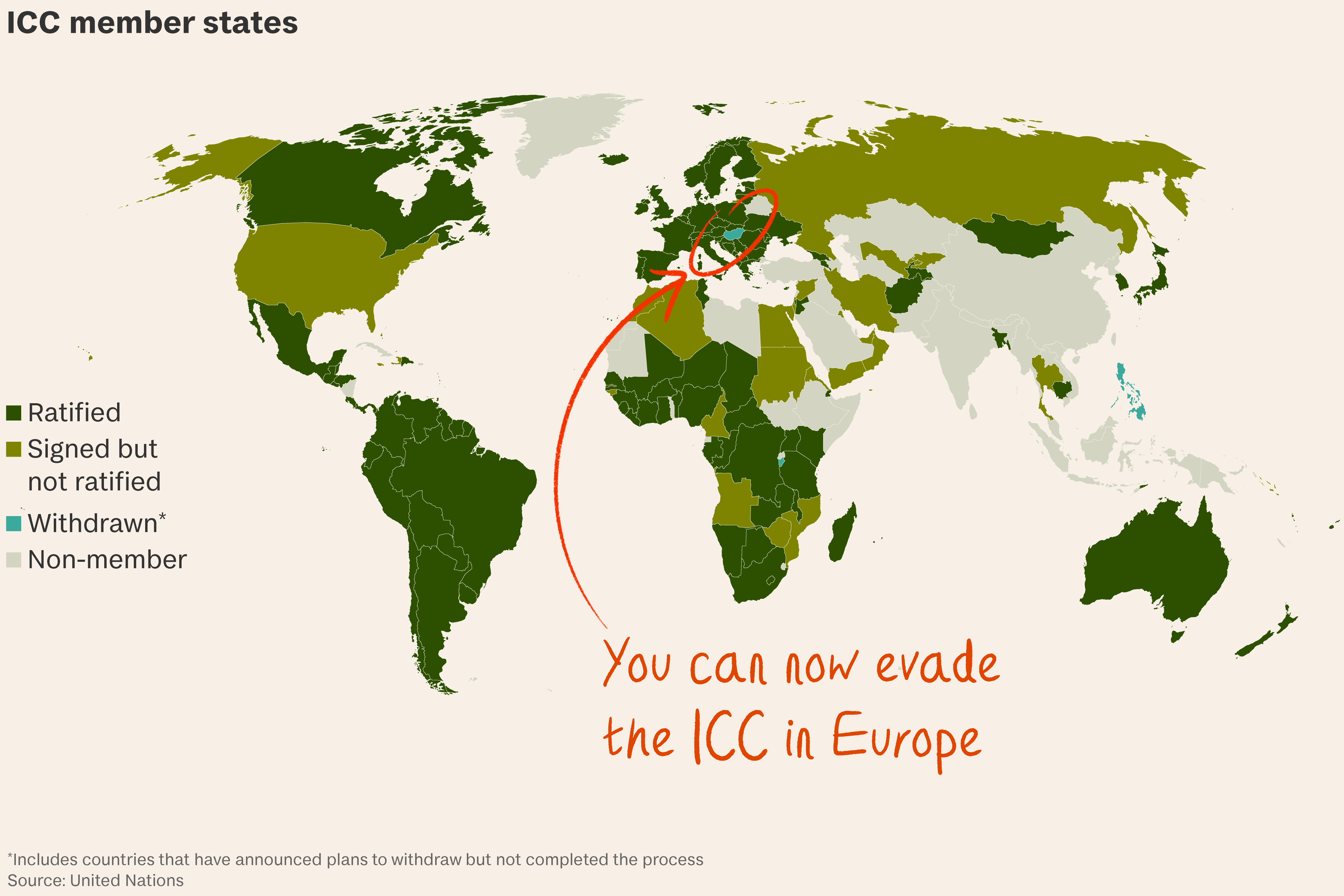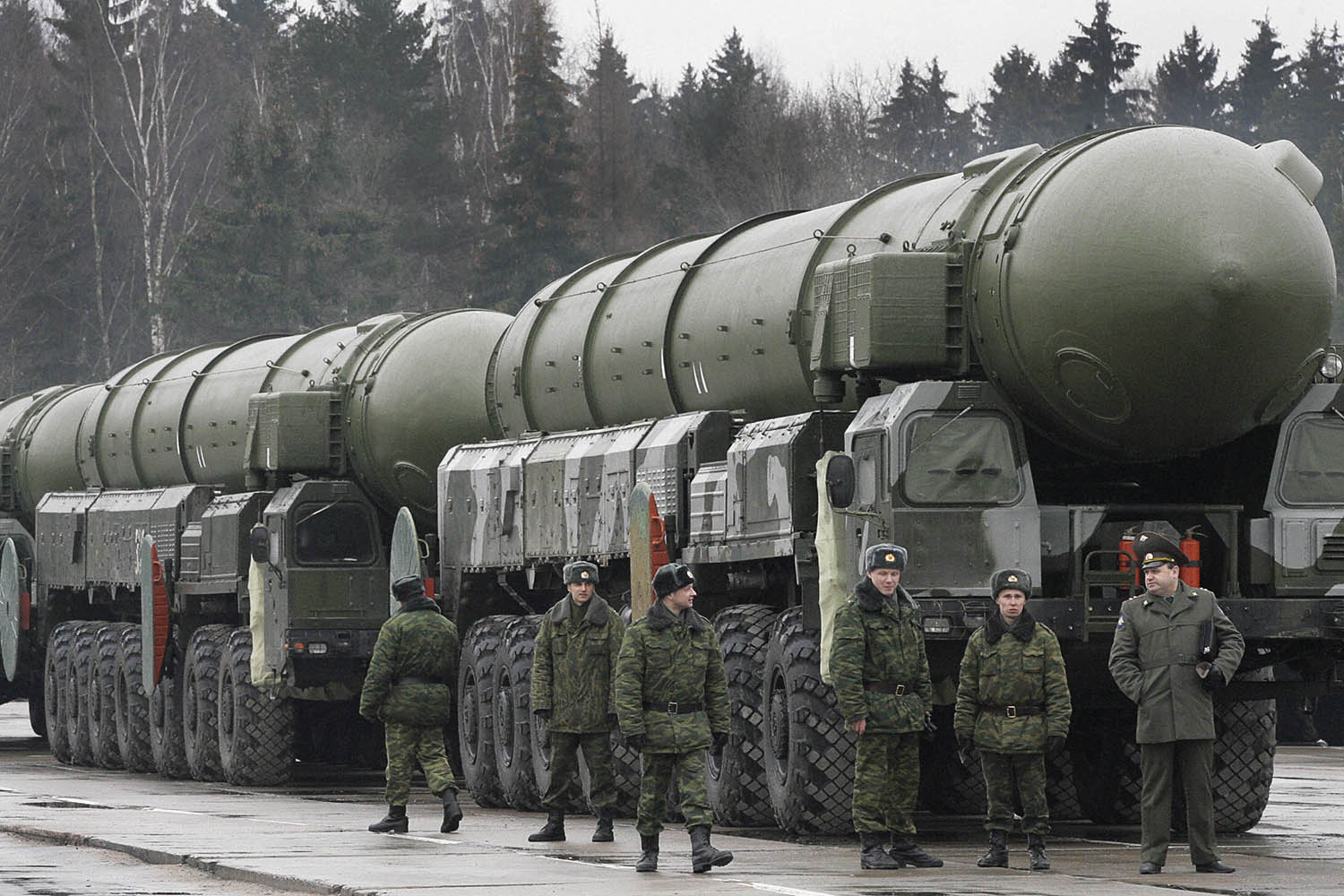
It didn’t carry a nuclear warhead, but Putin’s message was that it could have
Do look up. Kyiv claimed Russia fired an intercontinental ballistic missile at Dnipro in Ukraine yesterday.
So what? If so, it would be the first time an ICBM – designed for use with nuclear warheads and normally considered an instrument of armageddon – has been used in a conflict.
Putin later claimed it was an experimental medium-range missile. Either way it will have a sobering effect on the West.
- It could have been a rehearsal for a nuclear strike.
- It’s more likely to have been muscle-flexing intended to intimidate.
- It probably revealed a Russian violation of the Intermediate-Range Nuclear Forces Treaty (INF).
- It prompted both sides to suggest the conflict is now going global.
A line crossed. The missile type identified by the Ukrainian Air Force, an RS-26 Rubezh, is a medium-range ICBM whose development started in 2006 and was officially stopped in 2018 because it violated the INF. Russia is thought to have focused on the short-range Iskander-K ballistic missile since then, but it threatened to resume production of medium-range missiles, including the Rubezh, in July.
Alarms rung. Keir Starmer’s spokesperson said if the reports of a Rubezh launch were true it would be “another example of grave, reckless and escalatory behaviour from Russia”.
- Ukraine’s President Zelensky called the attack “insane”.
- Out of theatricality or caution – it wasn’t clear which – the Russian Foreign Ministry spokeswoman Maria Zakharova took a call during a briefing on live TV forbidding her even to speak about the weapon in question.
A high bar. After 1,000 days of war and months of grinding attrition, there has been a sudden crescendo this week in terms of missile types, prompted by the Biden administration’s wish to strengthen Ukraine vis-a-vis Russia before Trump takes over – and before any peace talks that ensue.
- Last Sunday Biden approved the use of US-made ATACMS missiles on targets in Russian territory.
- On Tuesday Ukraine launched six of them, according to Russia’s defence ministry.
- Within hours, Putin updated Russia’s nuclear doctrine, lowering the bar for nuclear weapons usage.
- On Wednesday Ukraine fired at least 10 long-range British Storm Shadow cruise missiles into Russia for the first time, targeting a command post reportedly hosting North Korean army generals.
- On Thursday, Ukraine claimed the ICBM was launched by Russia.
Escalate to deescalate. When Putin said it was in fact an intermediate “Oreshnik” missile, he added that Russia might now attack military facilities of countries allowing their weapons to be used against her.
- All of Europe would be within easy striking distance: Ukrainian sources said the missile fired at Dnipro had been launched from the Astrakhan region north of the Caspian Sea, travelling 800 km but with a maximum range of 6,000 km.
- That doesn’t mean Putin will start targeting Nato bases across Europe. It does mean he hopes the threat will make the US and UK think again about allowing ATACMS and Storm Shadows to be launched into Russia.
World War 3? Ten or even five years ago headlines about Russia launching an ICBM in anger would have been implausible despite Putin’s record as a warmonger. They are now reality.
- Valeriy Zaluzhny, the former head of Ukraine’s armed forces and now Ukraine’s ambassador to London, says World War 3 has already broken out since Russia uses Iranian drones, North Korean missiles and Chinese-made shells, and deploys North Korean troops.
- Putin noted yesterday that what started as a regional conflict “has acquired elements of a global character”.
What’s more… Given Trump’s foreign policy priorities, it’s up to Europe to prioritise its own defence sooner rather than later. Without its help, Ukraine’s resistance can’t last long.
Read more: How fossil fuel exports pay for Russia’s trillion-dollar war in Ukraine
Listen: North Korean troops join Russia’s fight in Ukraine


